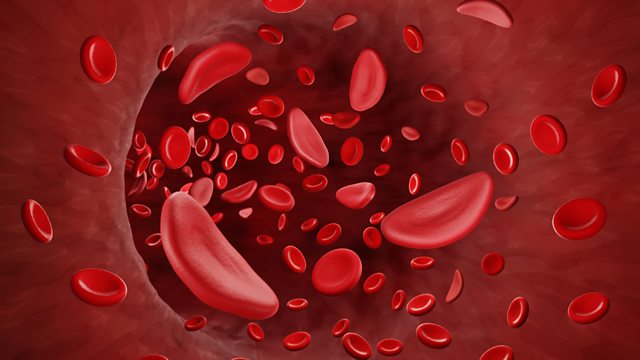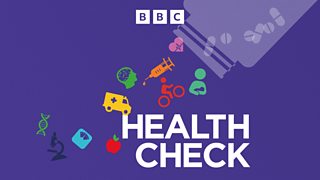New treatment for sickle cell disease "nothing short of amazing"
A pioneering gene-editing treatment reduces the number of red blood cells that are sickle-shaped and prompts the body to produce more of the kind a baby has.
Sickle cell disease is particularly common in African and Caribbean people. Those with the disease produce red blood cells which are shaped like a sickle which means they can鈥檛 hold onto as much oxygen as a round cell. As a result they can block blood vessels and cause severe pain and anaemia and increase the risk of serious infection.
A new kind of therapy which corrects the genetic mutation uses a technique called gene editing. The idea is to reduce the number of red blood cells that are sickle-shaped by turning the clock back so that the body produces more of the kind of red blood cells that a baby has, which contain "foetal haemoglobin".
Dr Haydar Frangoul, who is part of the team running the trial at the Sarah Cannon Research Institute and The Children鈥檚 Hospital At TriStar Centennial in Nashville, and Jimi Olaghere, who is one of the first people in the world to take part in the therapy, explain the treatment with presenter Claudia Hammond. The trial finishes in 2024 and it鈥檚 hoped that more patients will benefit in the future.
"It's almost like being born again - I'm living life as a new person" - Jimi Olaghere
Photo: Illustration of sickle cells in the blood Credit: Getty Images
Duration:
This clip is from
More clips from Health Check
-
![]()
The mental health impact of abortion restrictions
Duration: 04:53
-
![]()
Doctor turned author on writing his memoir
Duration: 02:52
-
![]()
Covid: 'I've been shielding from my family for almost 2 years'
Duration: 06:26
-
![]()
Long Covid: What we do and don't know
Duration: 08:49






